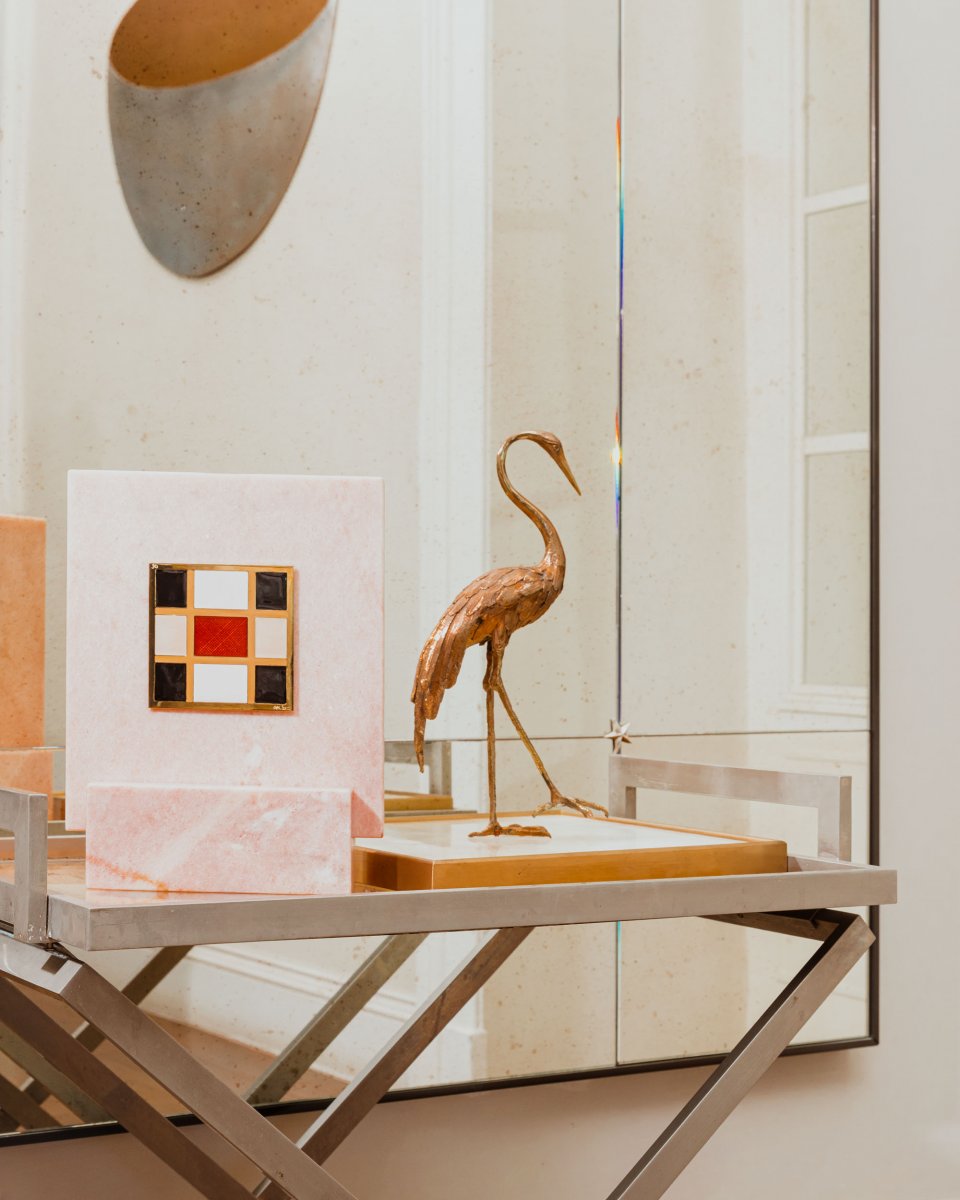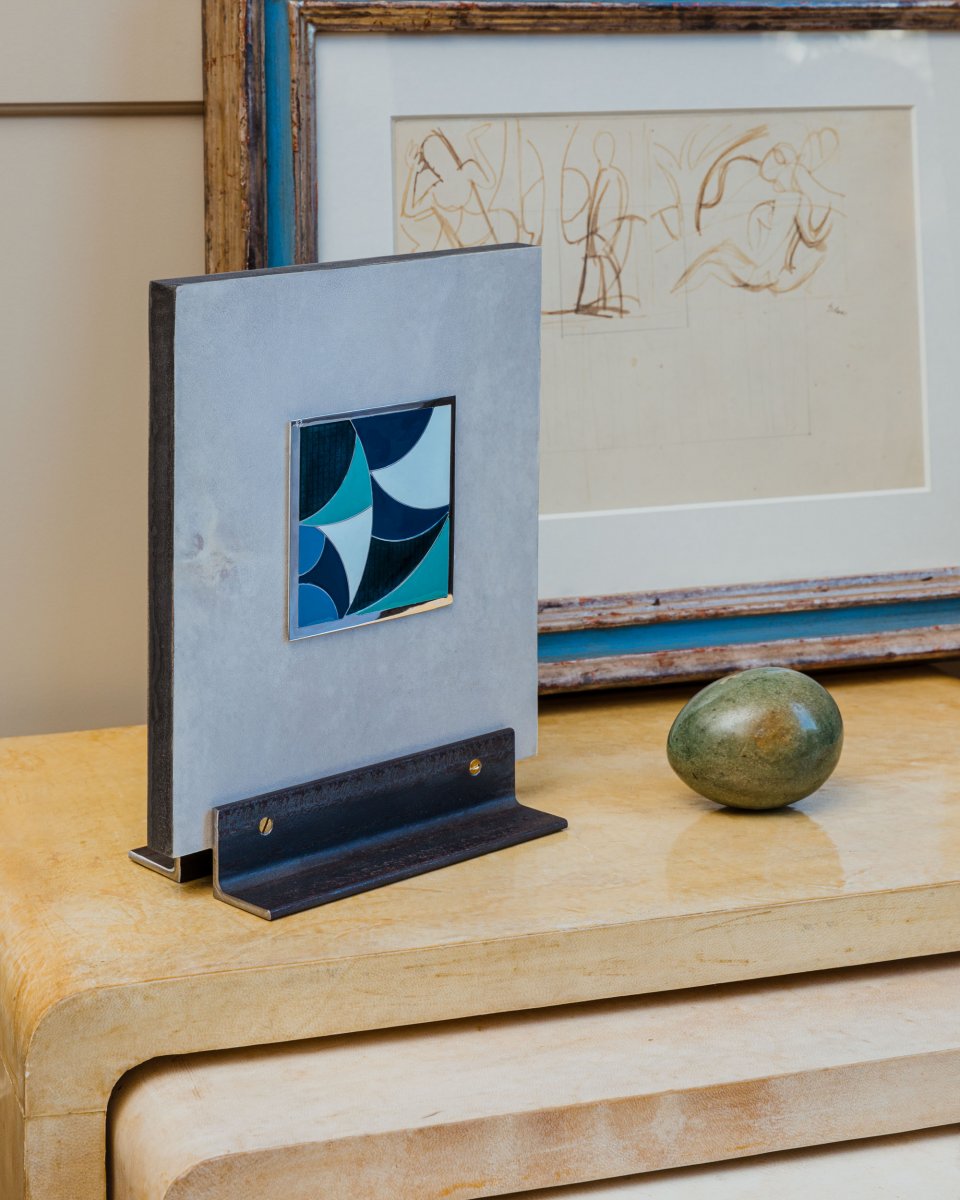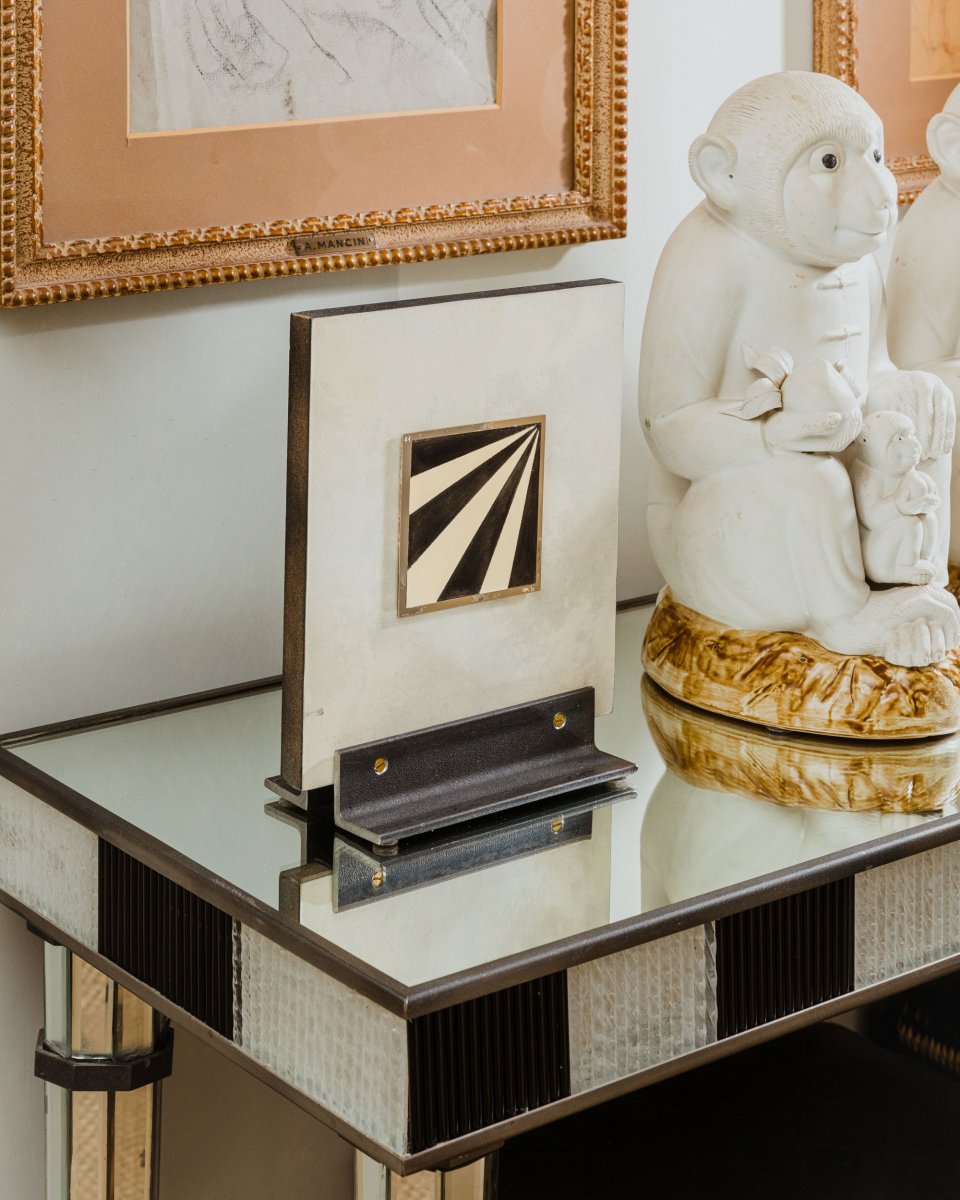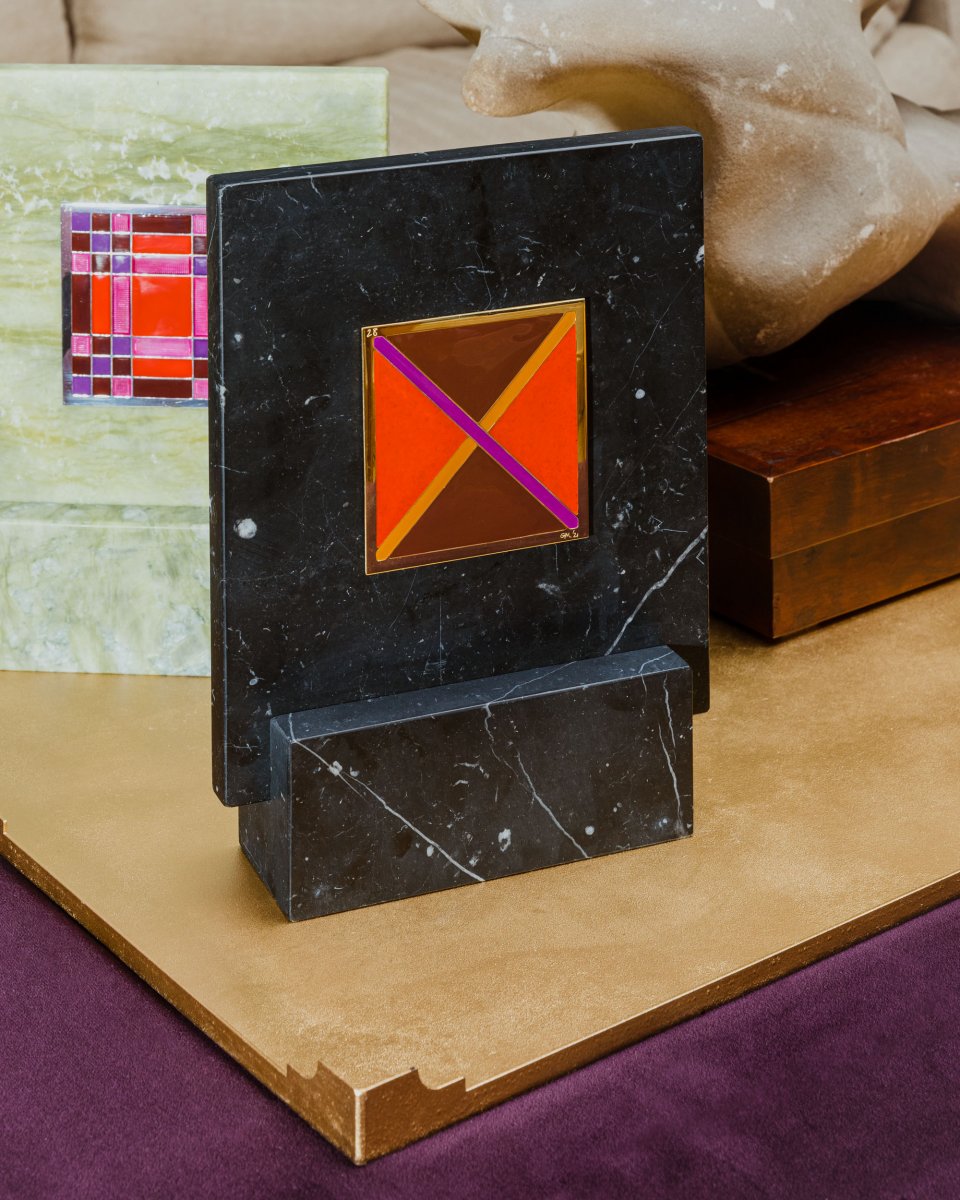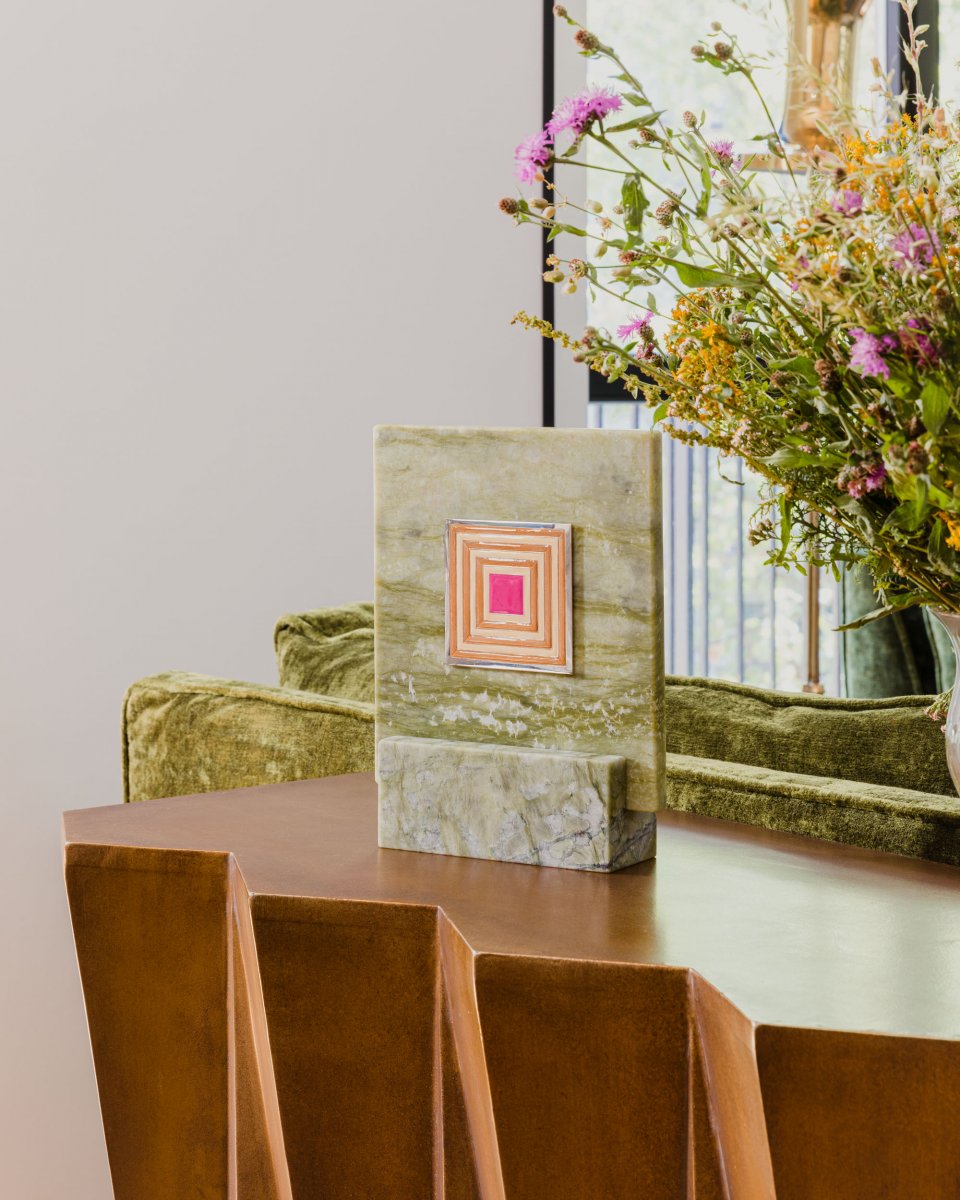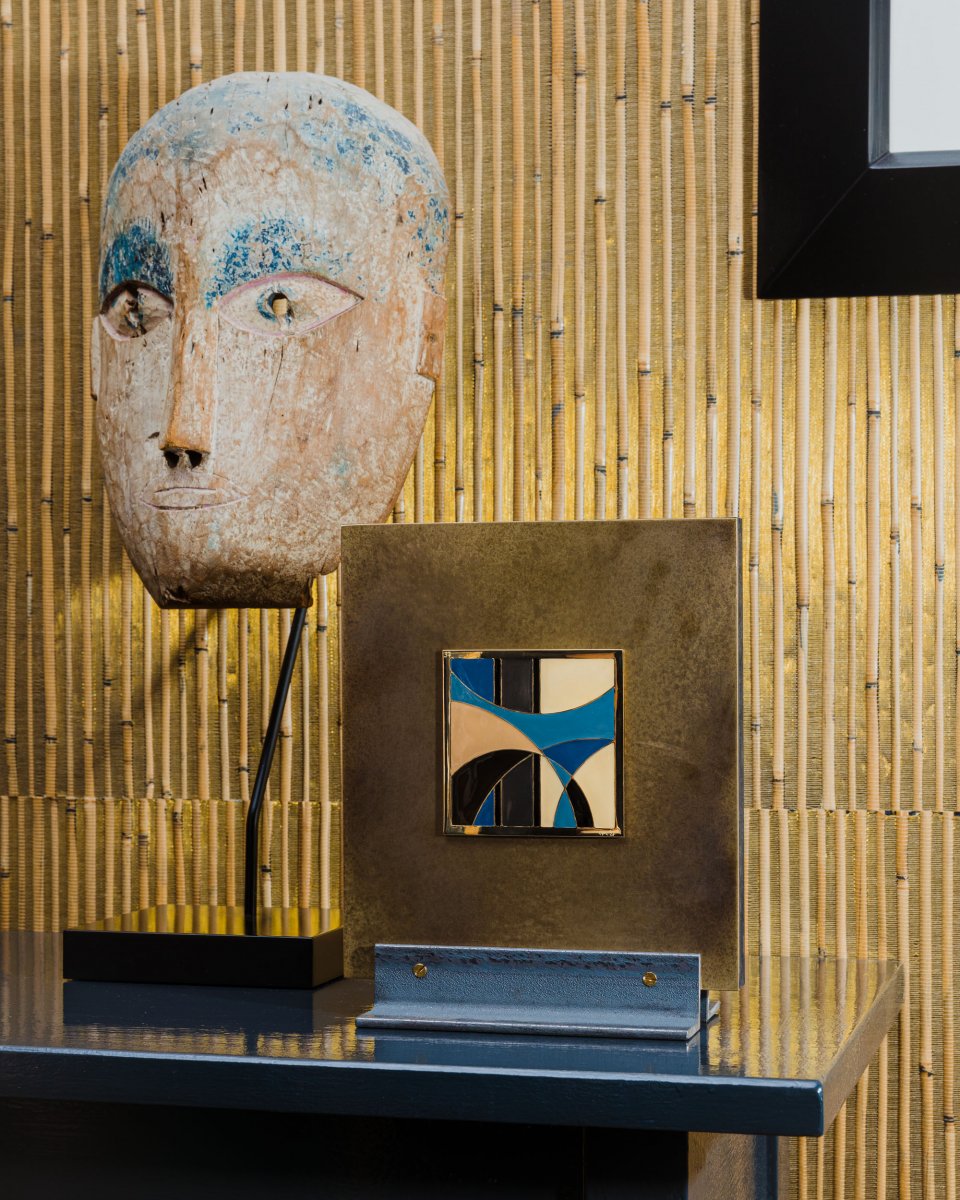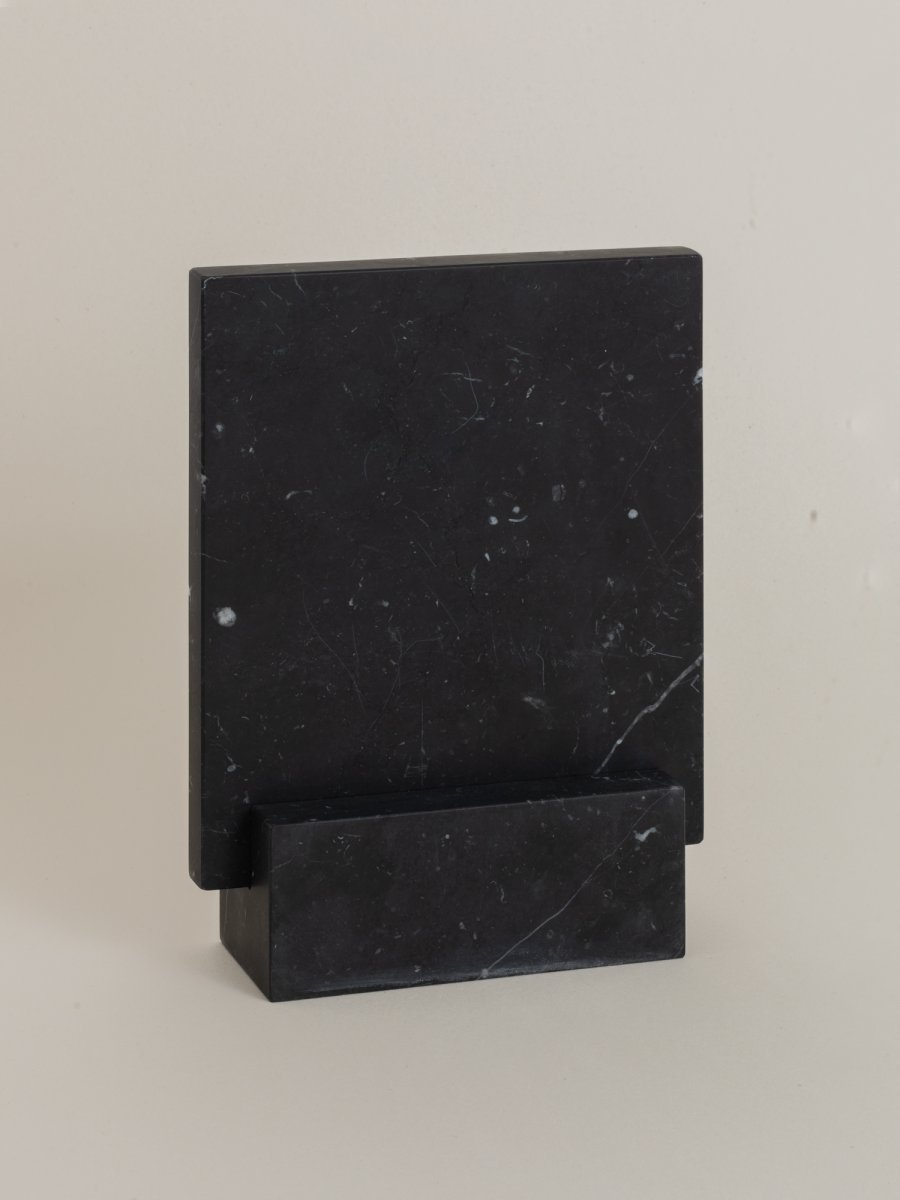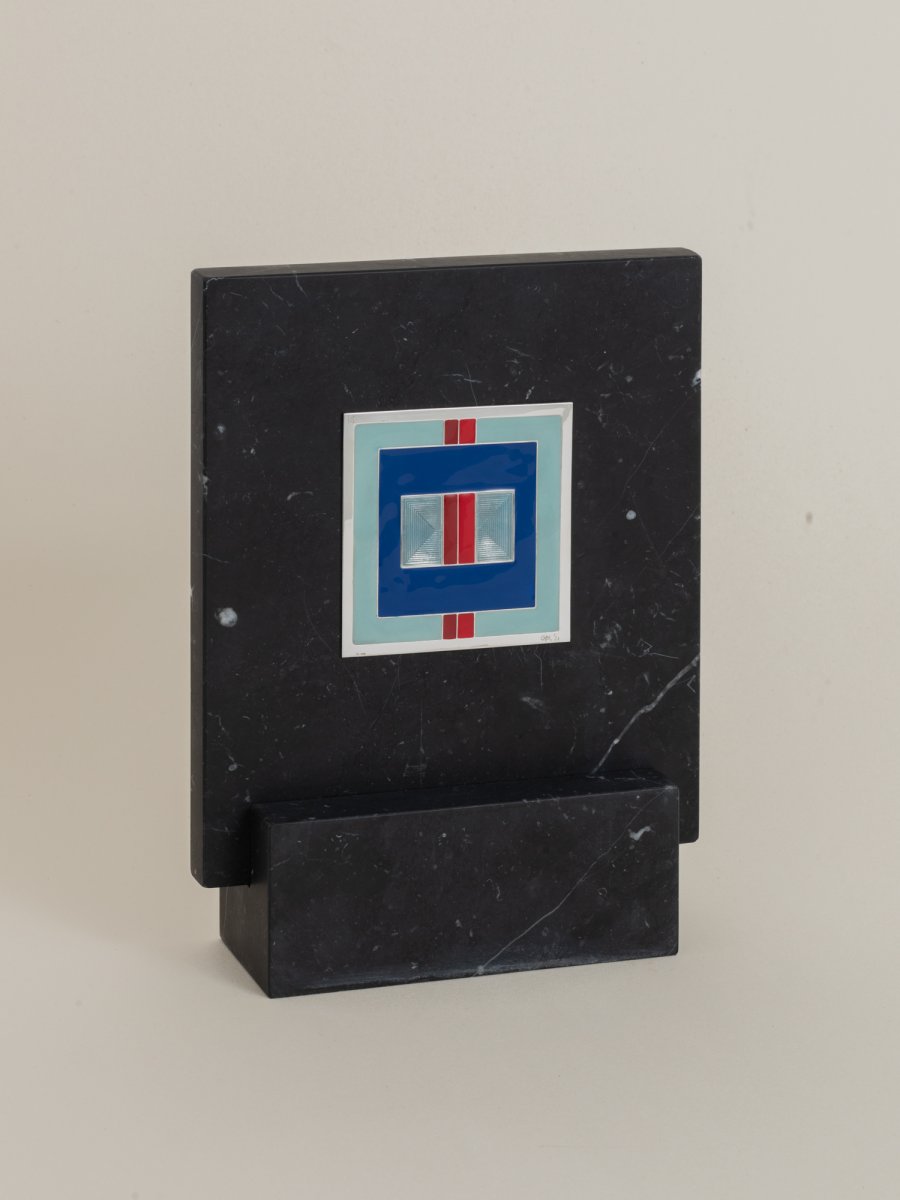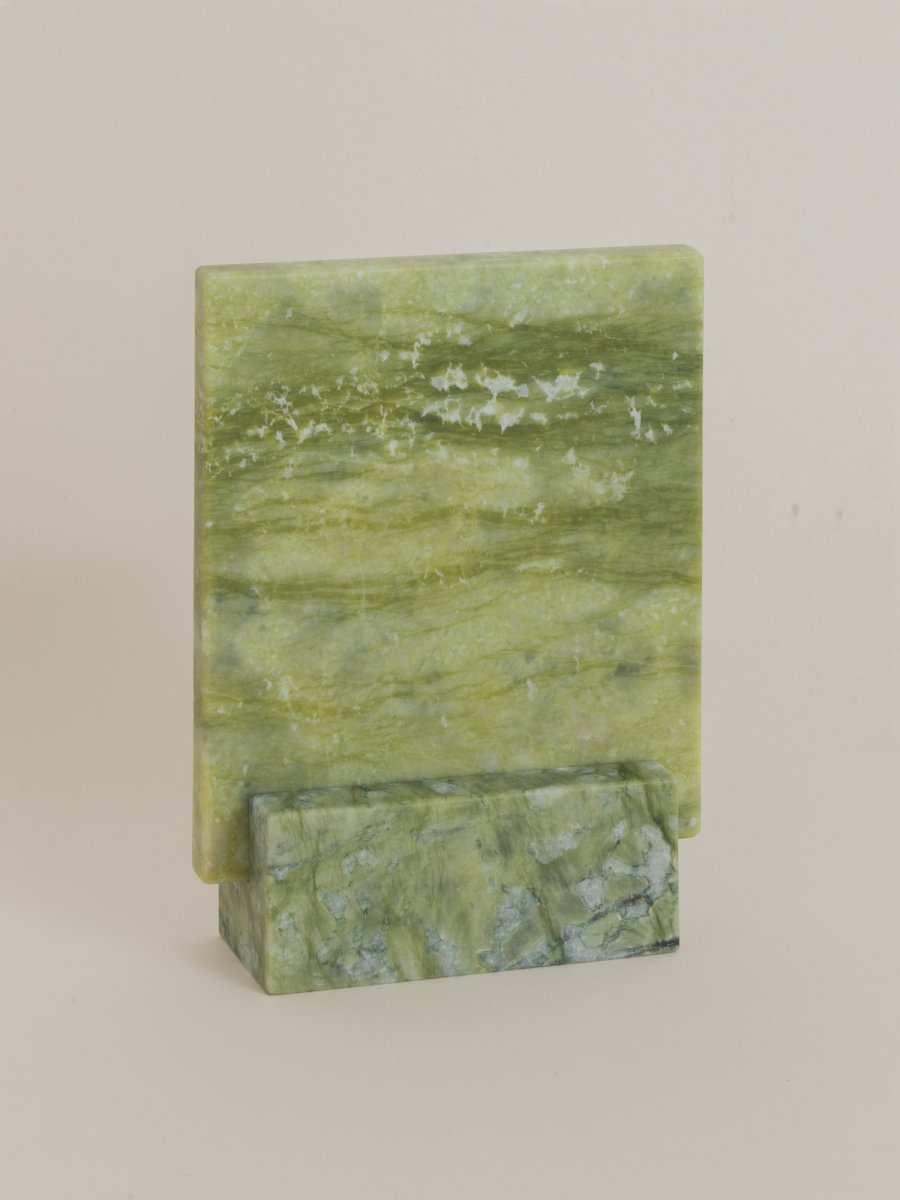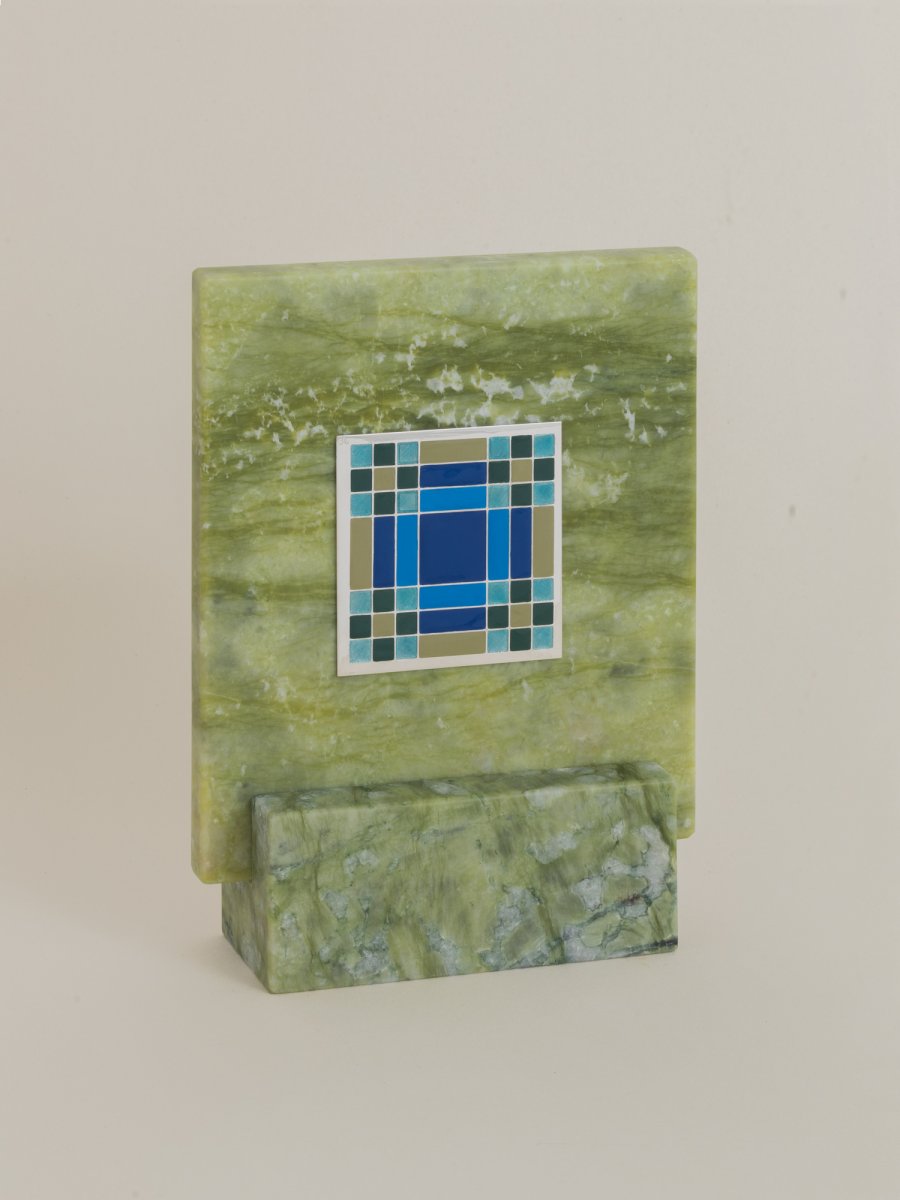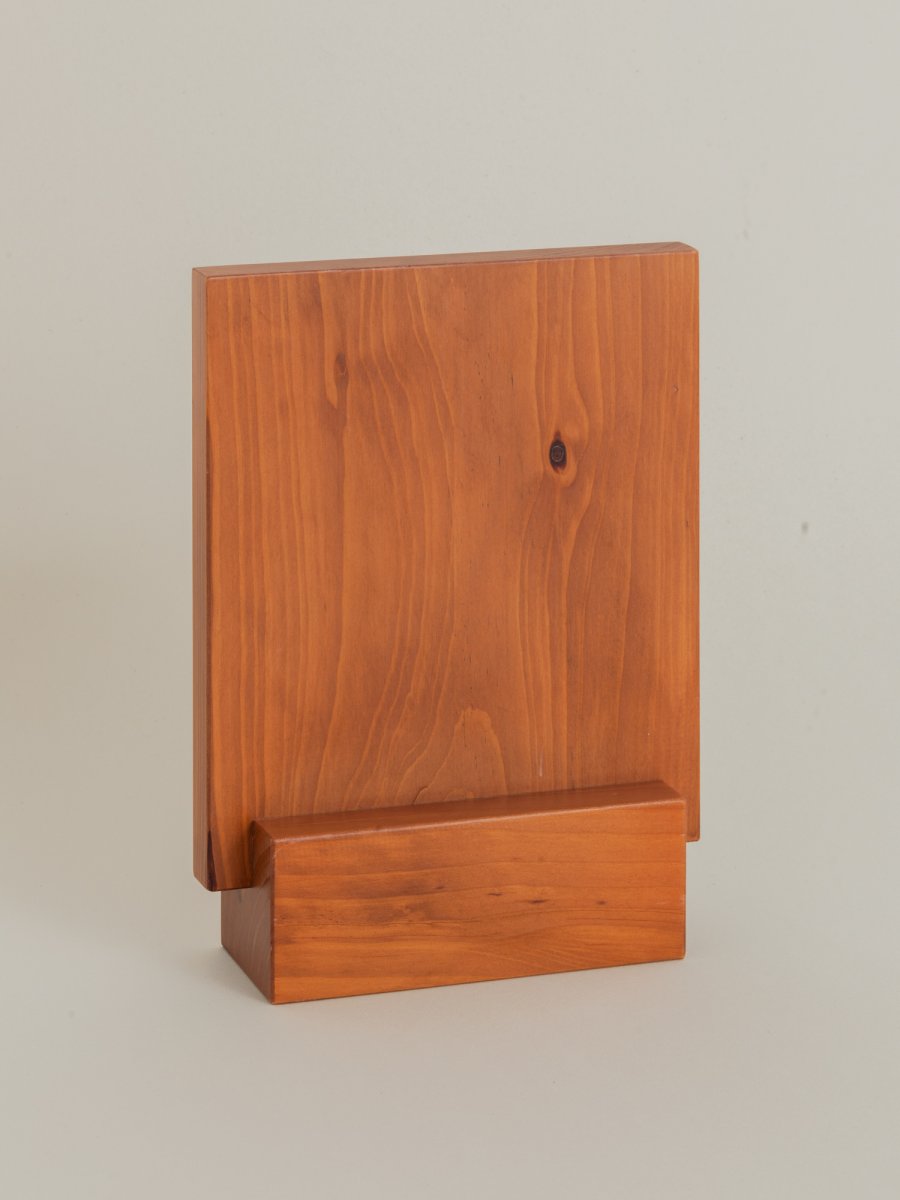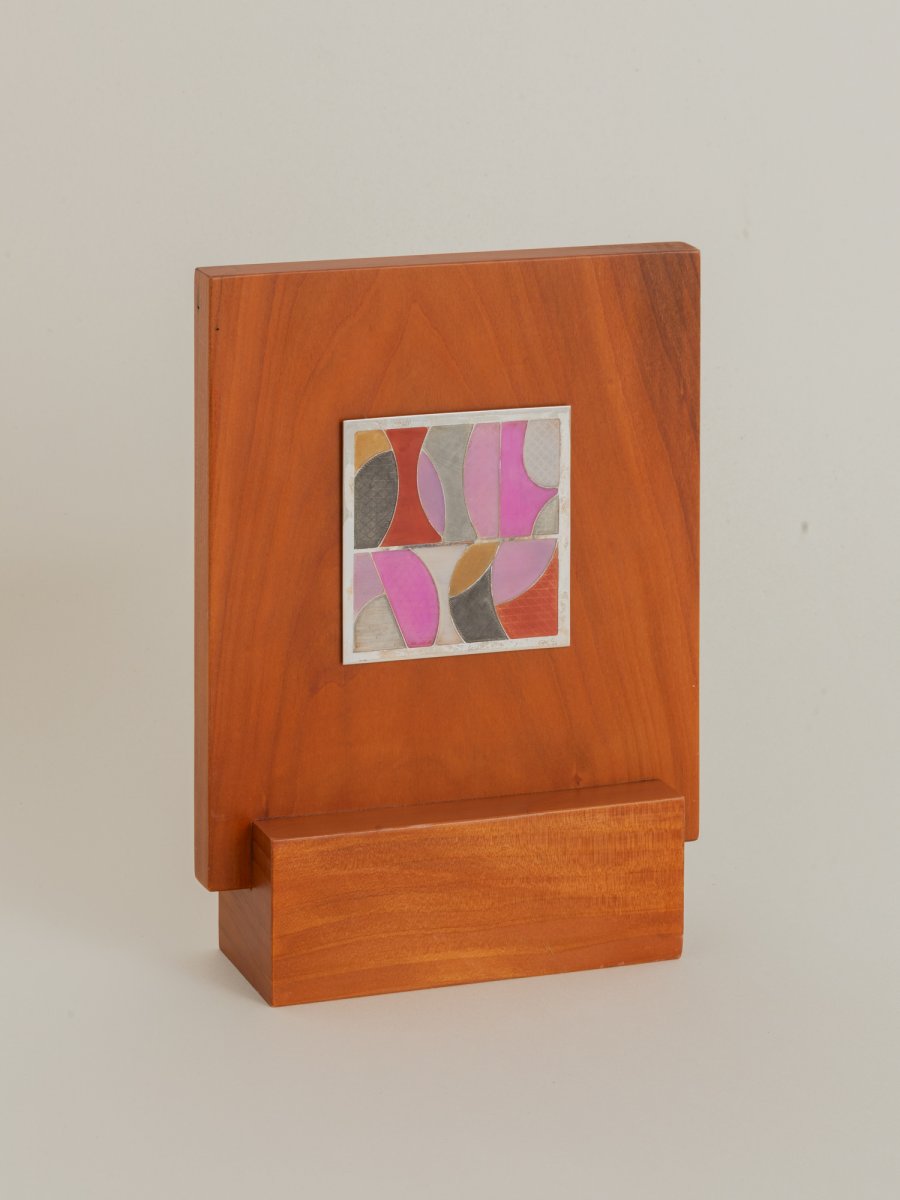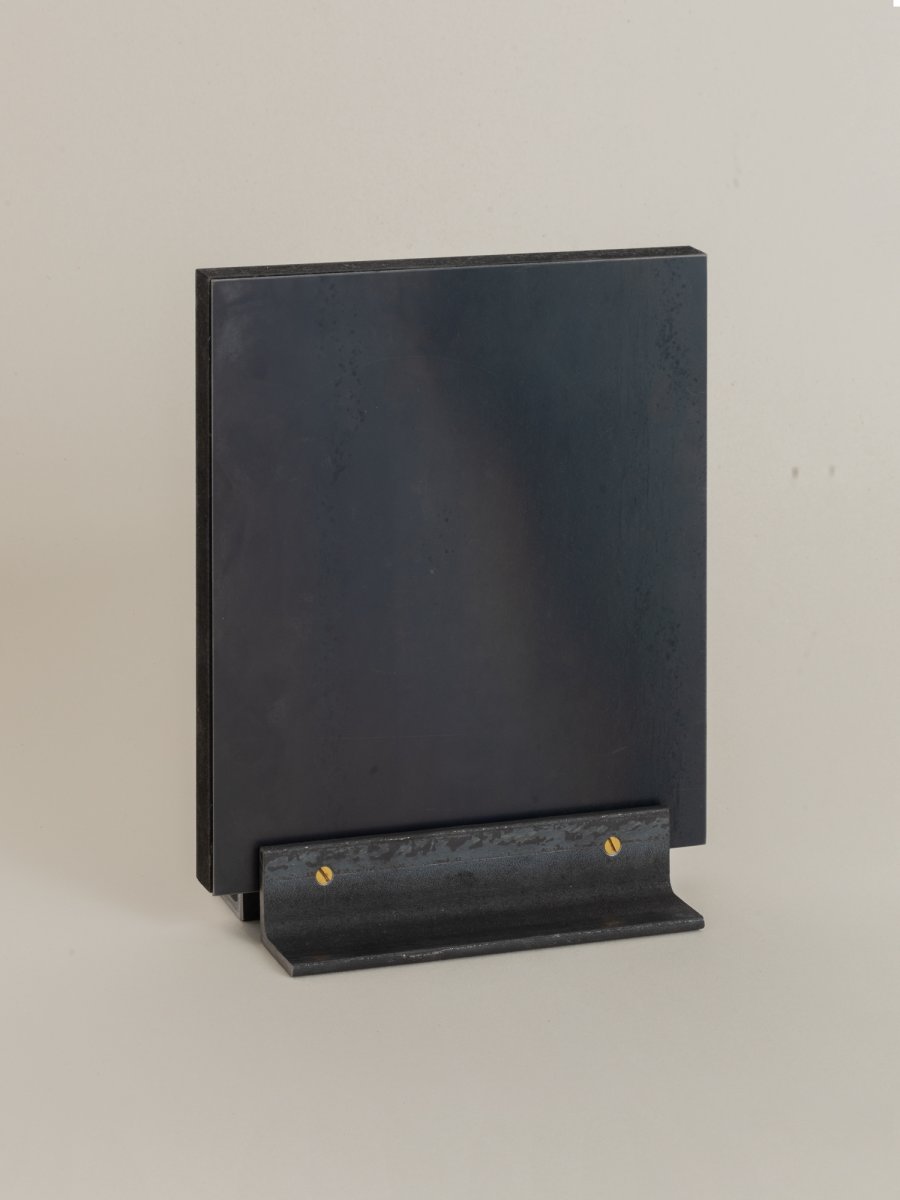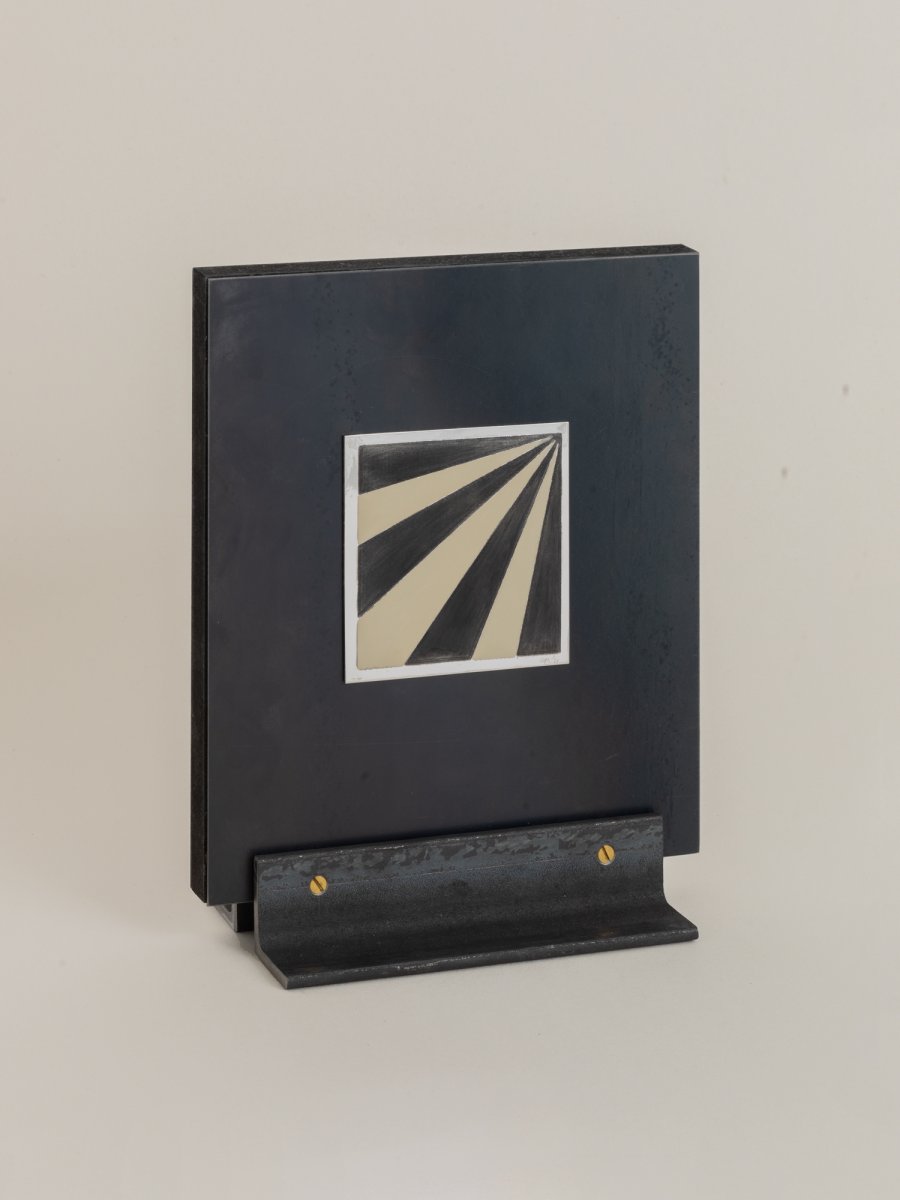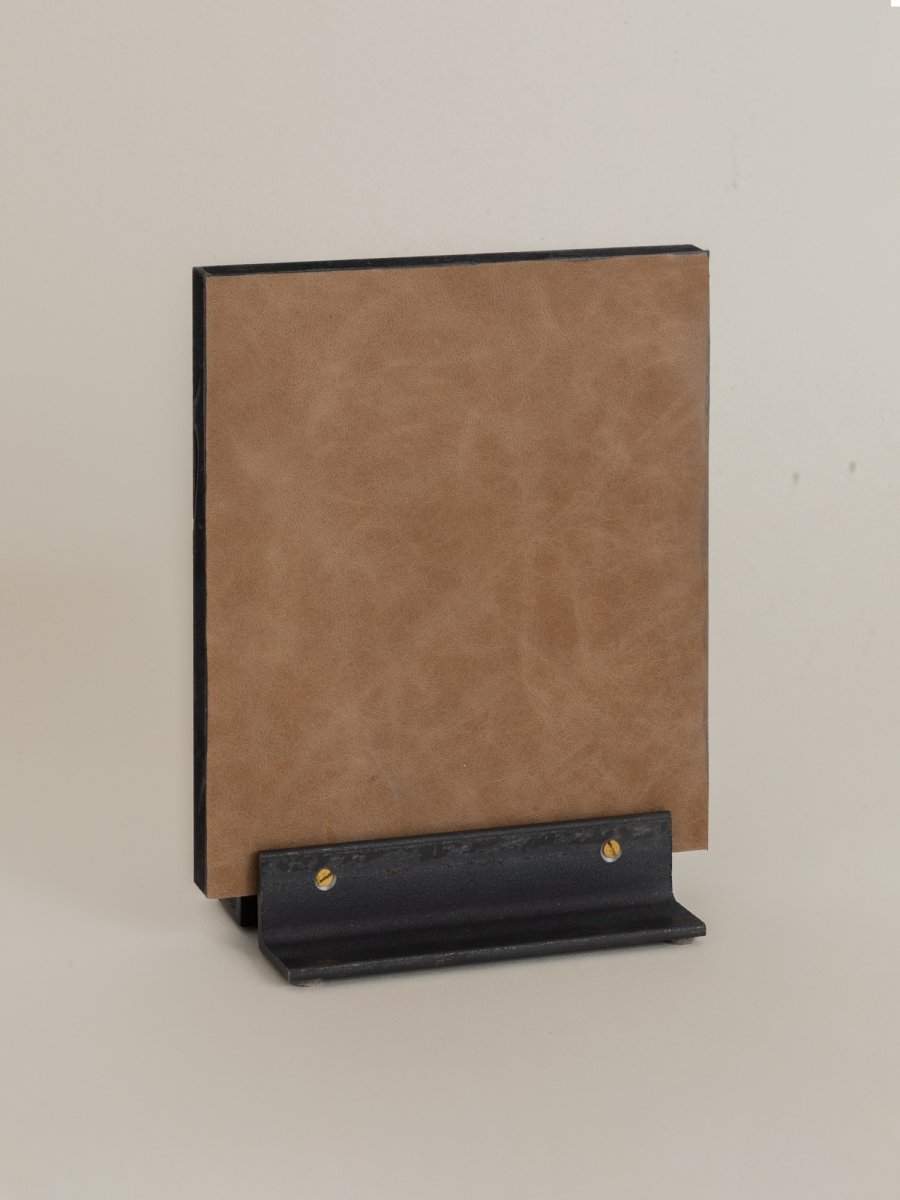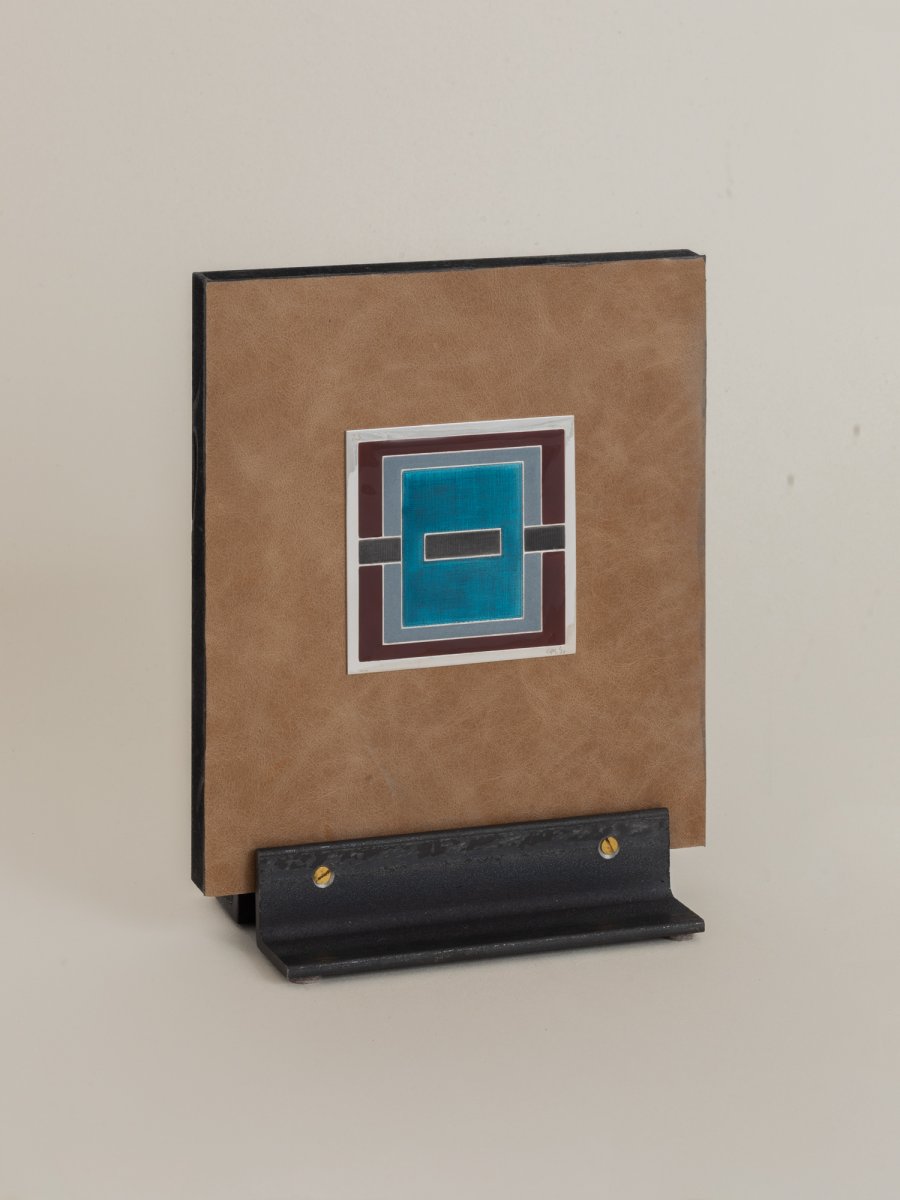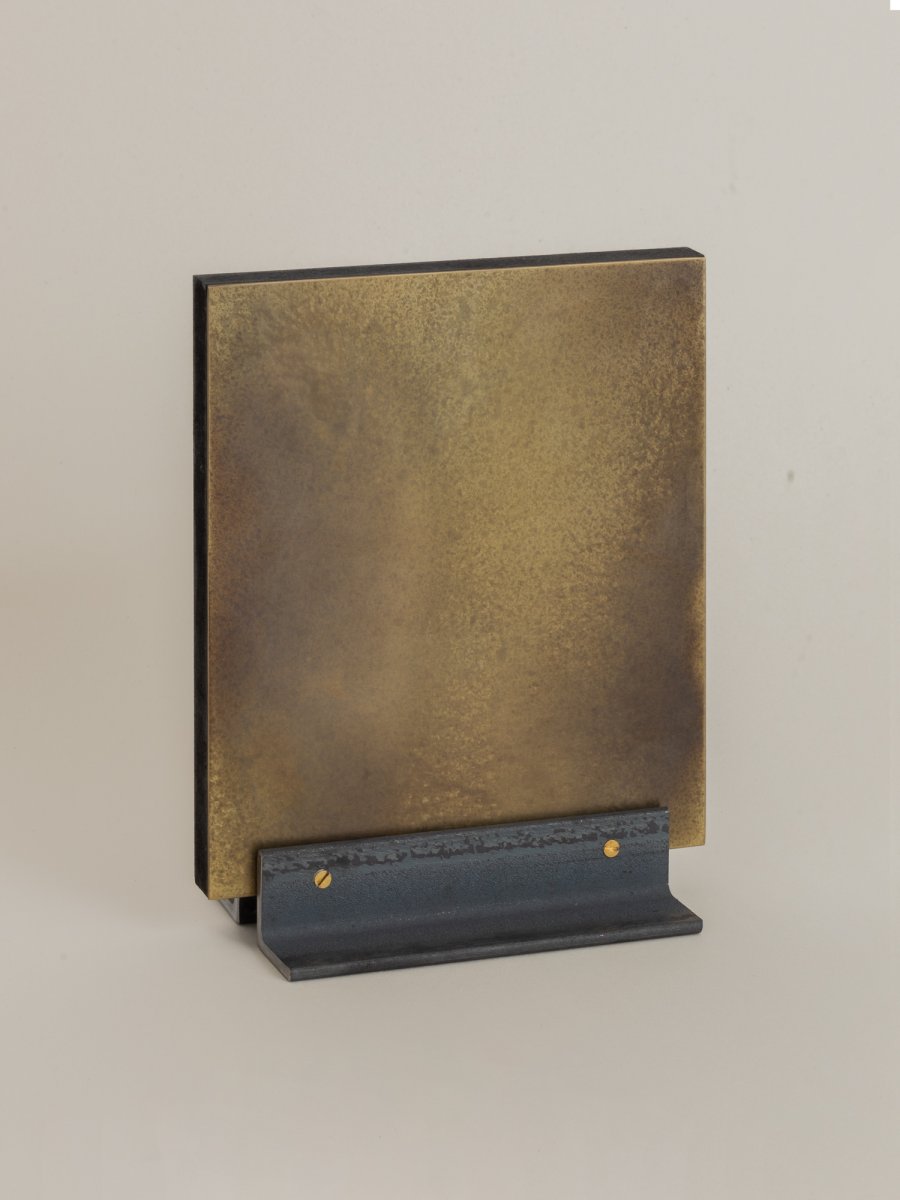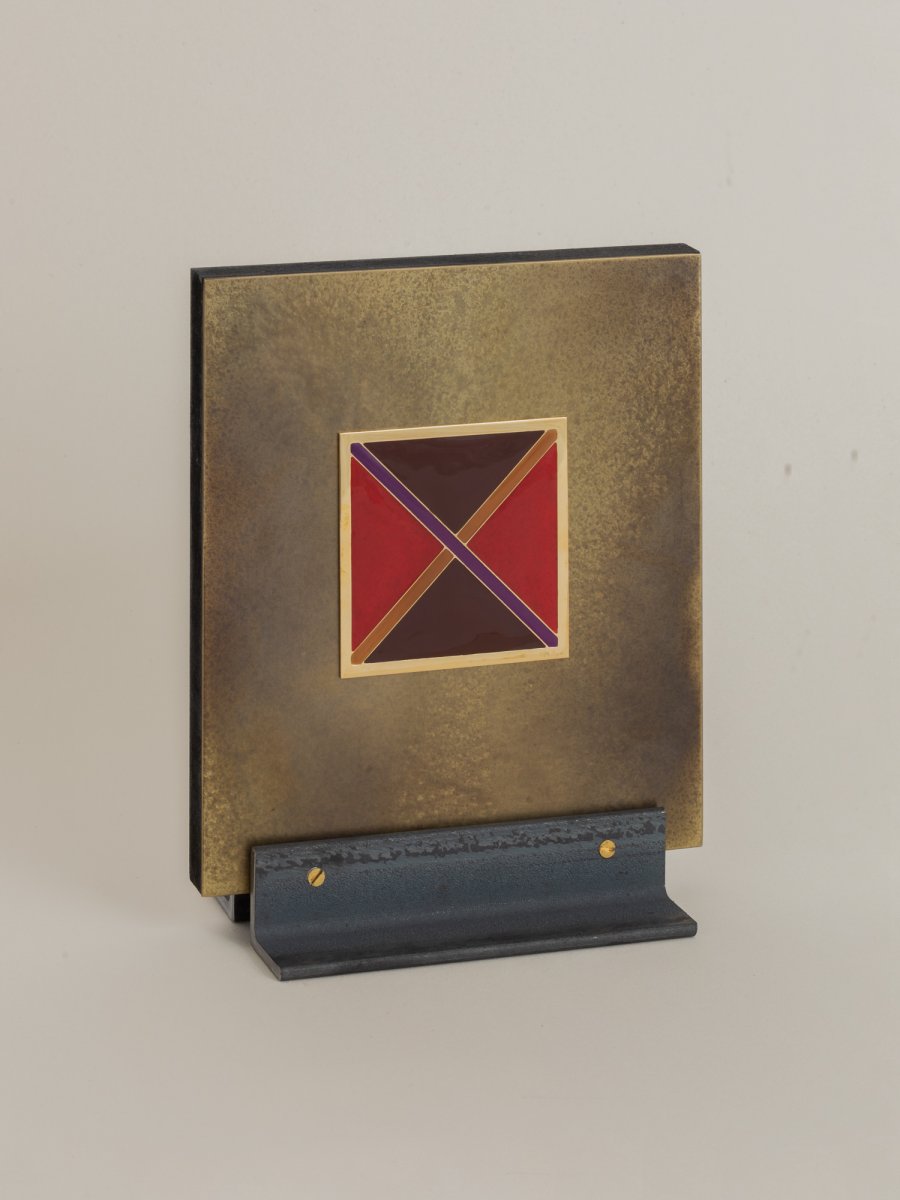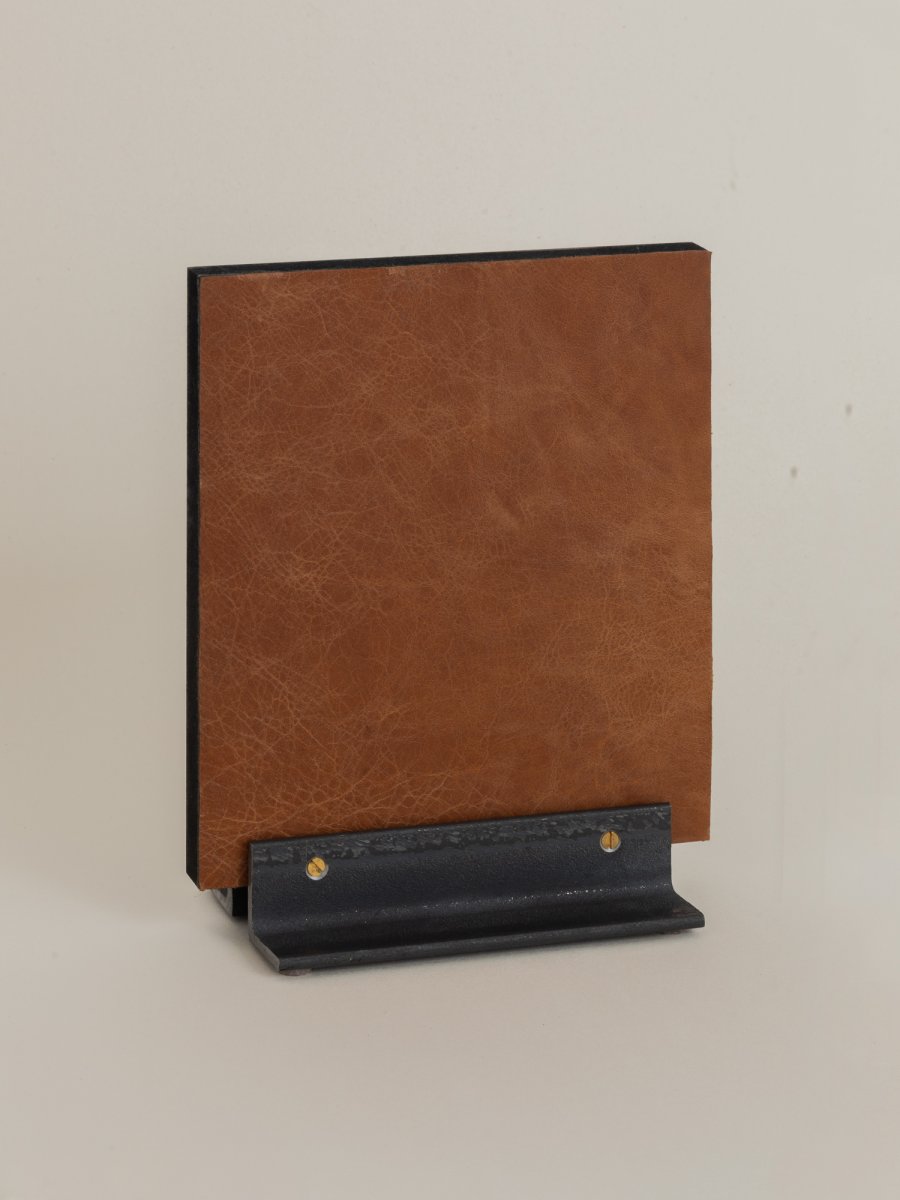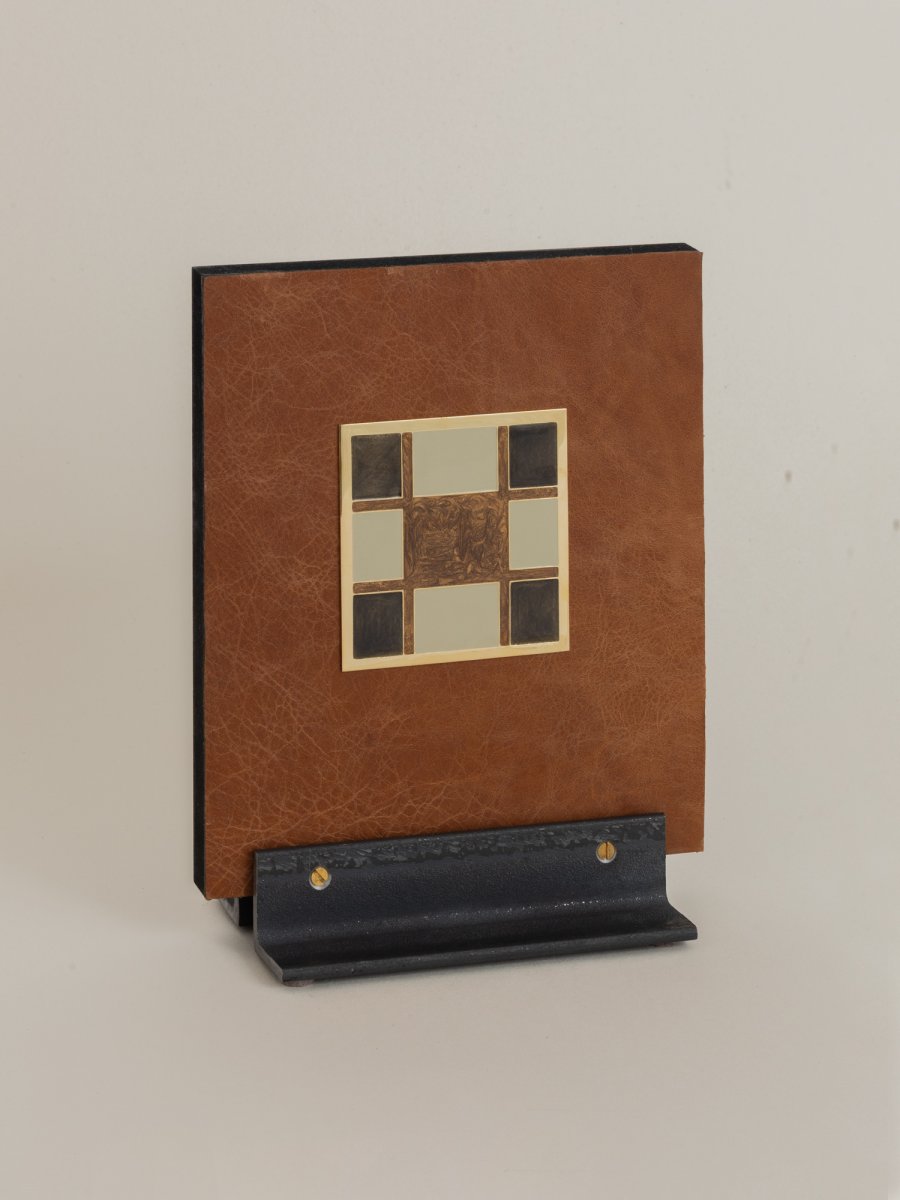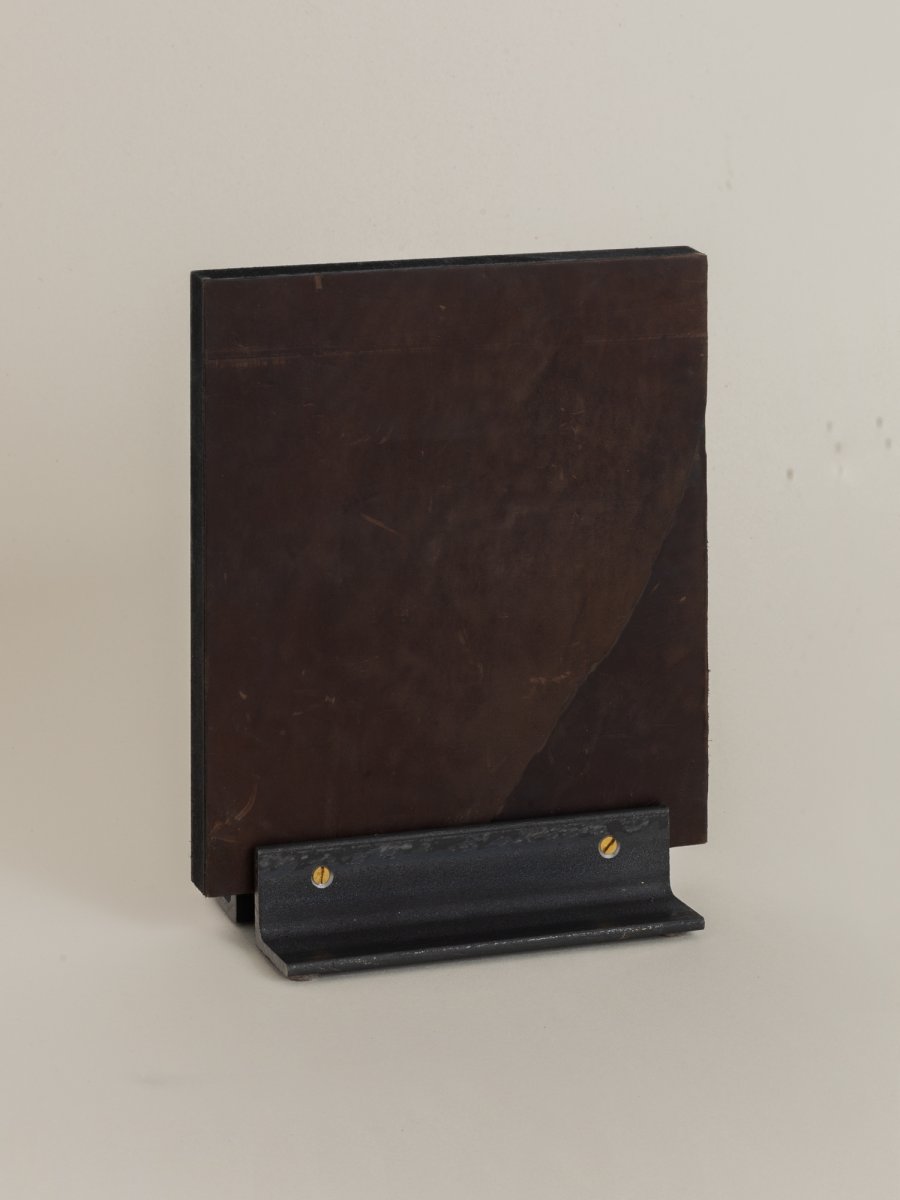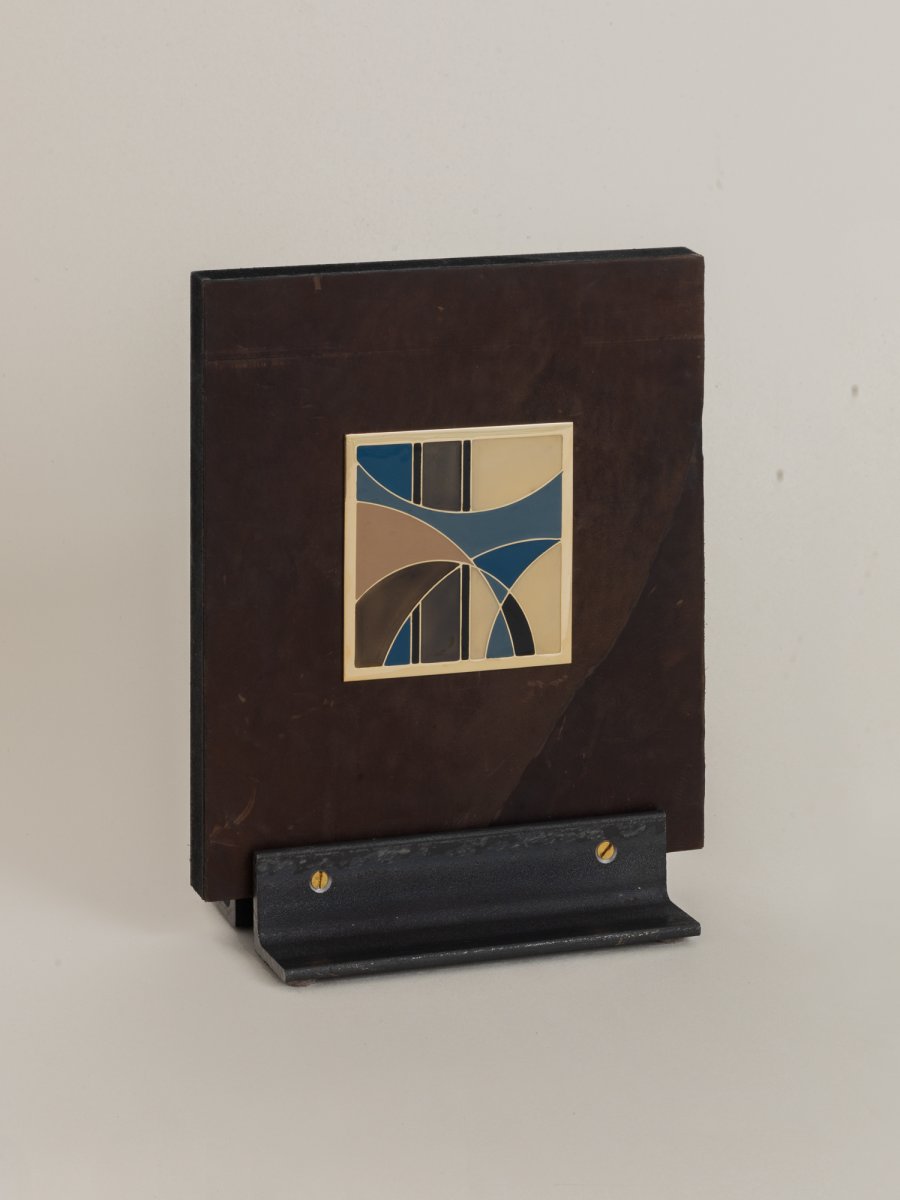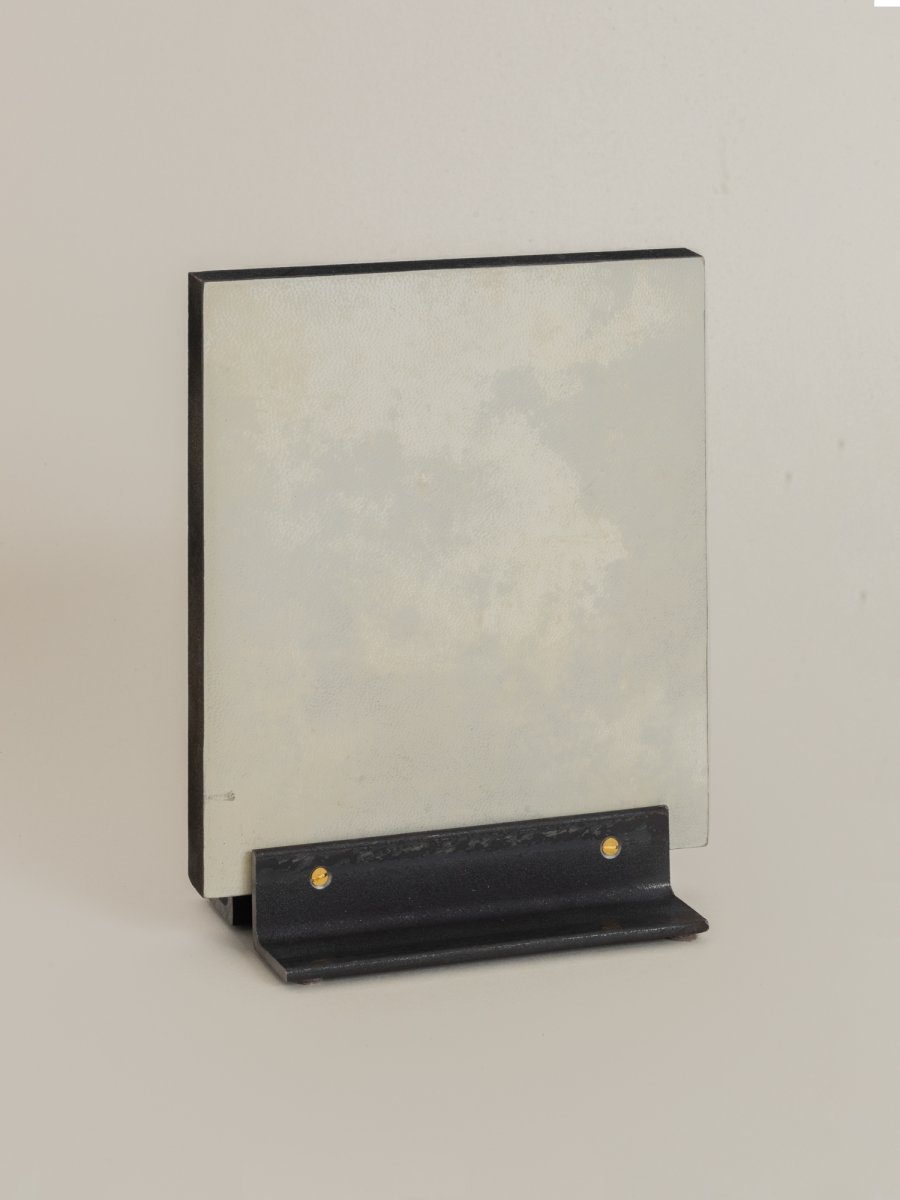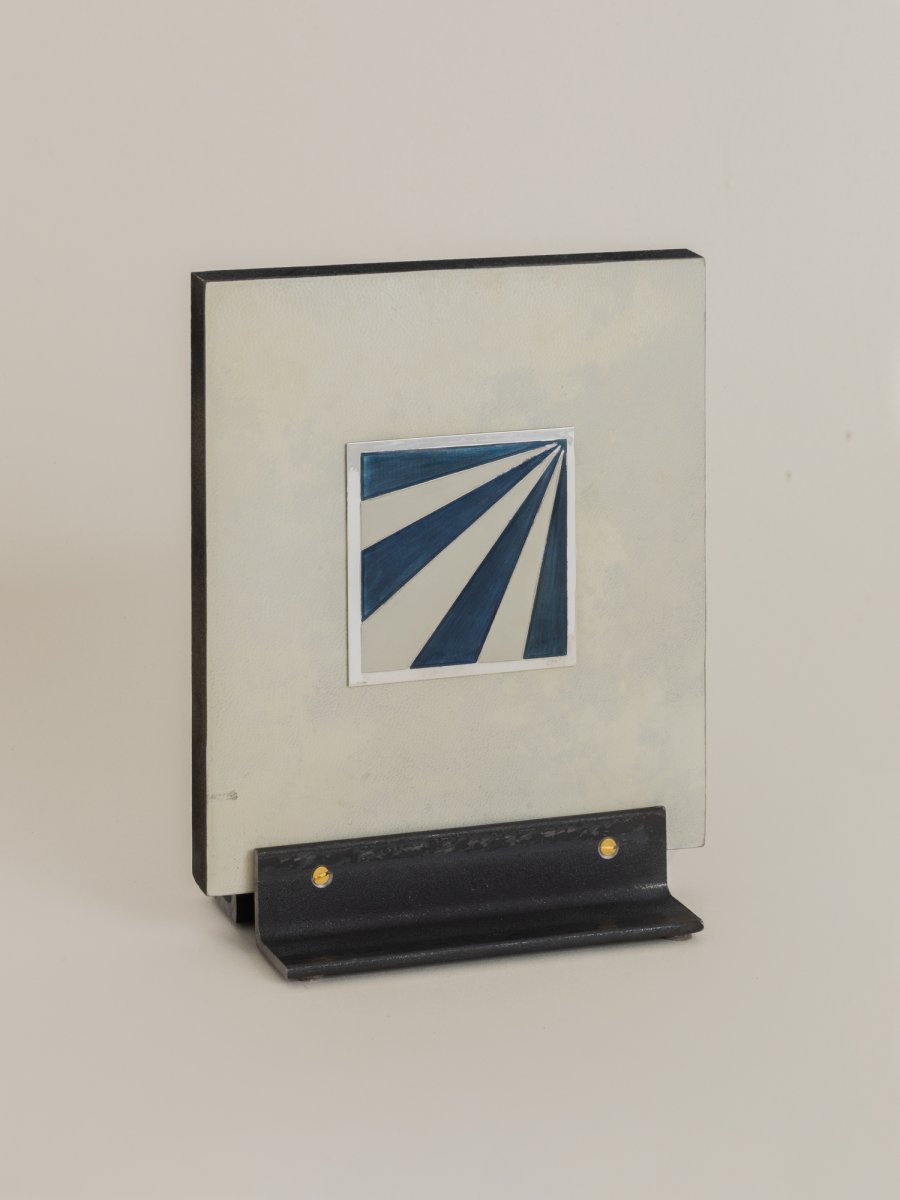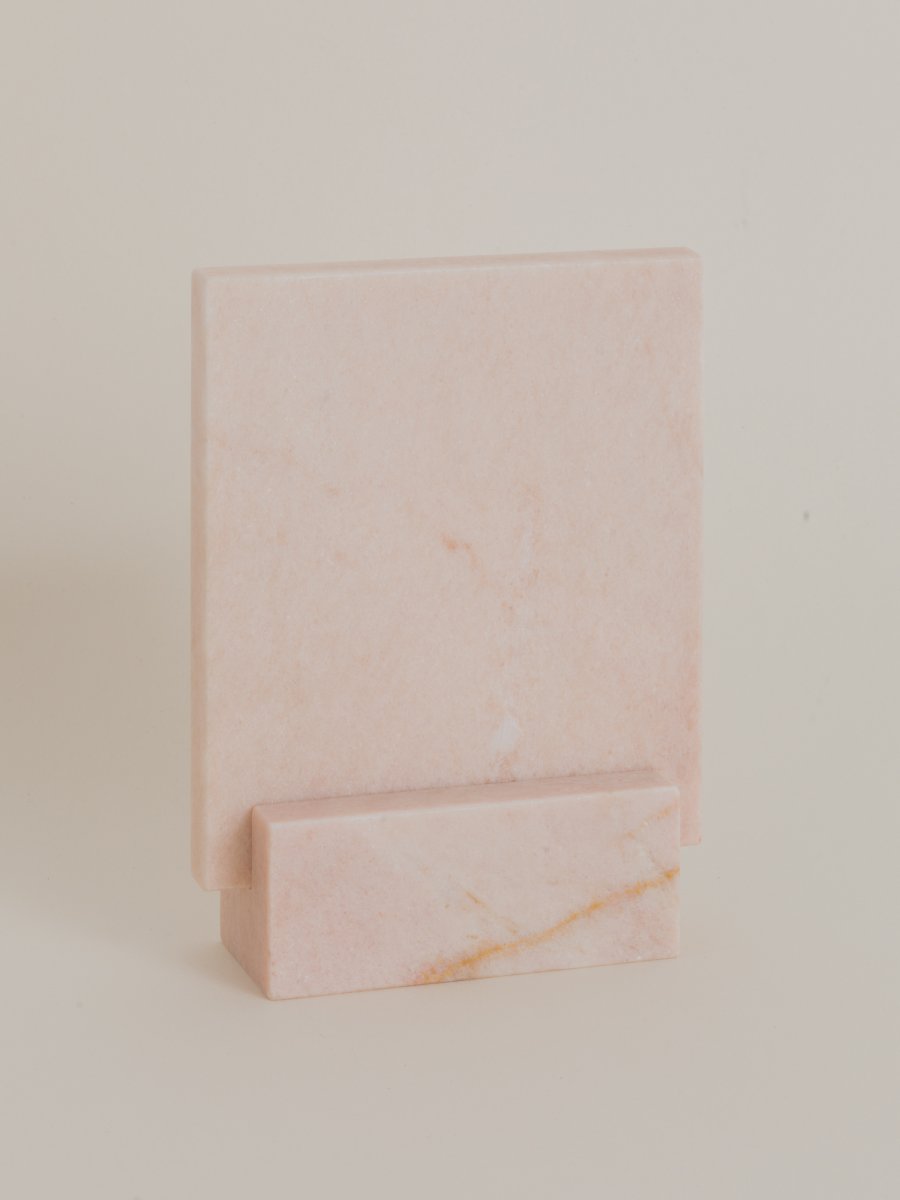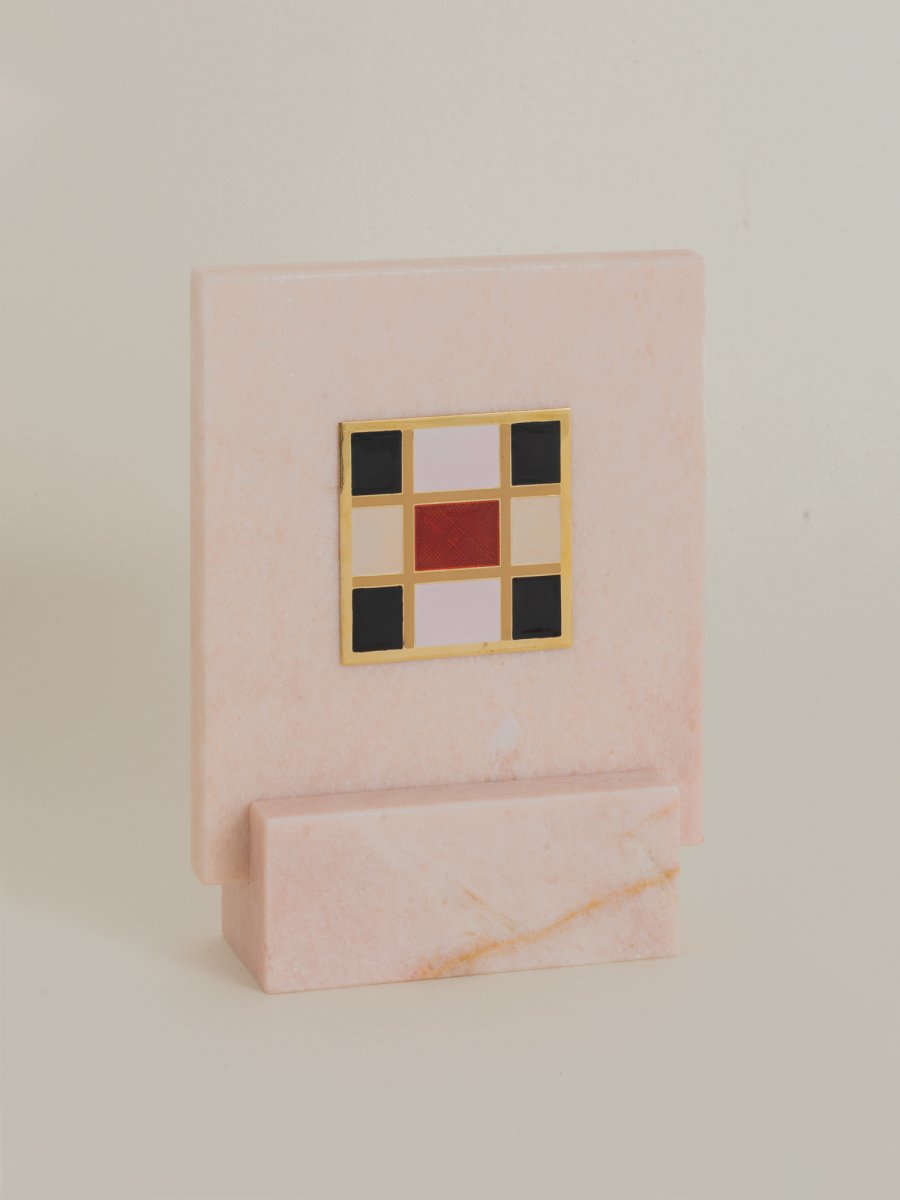
Crafts
Cloisonné is a decoration technique in which fine threads (filigrees) or metal strips create alveoli (called cloisons in French) inside of which enamel is poured. The origins of cloisonné are extremely ancient: already known in ancient Egypt, it developed through several civilizations, and reached its heyday in Byzantium in the 12th century. In the 1300s France and Italy also excelled in the use of this technique. The project “Piccoli Smalti” hence crosses this artisan art in the workshops of Florence, where Ferrero Ventimiglia familiarizes herself with the process and begins her creative journey.
The Piccoli Smalti cover square slabs 10 x 10cm in size that are hollowed out with a cutter to create the cells inside of which the enamel is then placed. Each cavity is filled with an enamel of only one color and is separated from adjacent cavities so that the colors do not mix with each other. The enamels used are called “cold” enamels, and are different to the “hot” enamels employed in jewelry making, which need firing temperatures of about 800°. Although called “cold,” the enamels are still fired in a kiln at a temperature of about 80°. Unlike hot enamels, cold enamels can be mixed together to obtain different shades and fall into the two categories of opaque enamels and transparent enamels.
Hence the Piccoli Smalti alternate between opaque and transparent colors, and in the latter case the hand-etched geometric designs that have been created underneath are visible. Presented on plinths made of different materials — from wood to marble — the Piccoli Smalti interpret a life-long practice that has remained almost unchanged over the centuries in a contemporary key and construct a unique, tessellated abstract universe.


